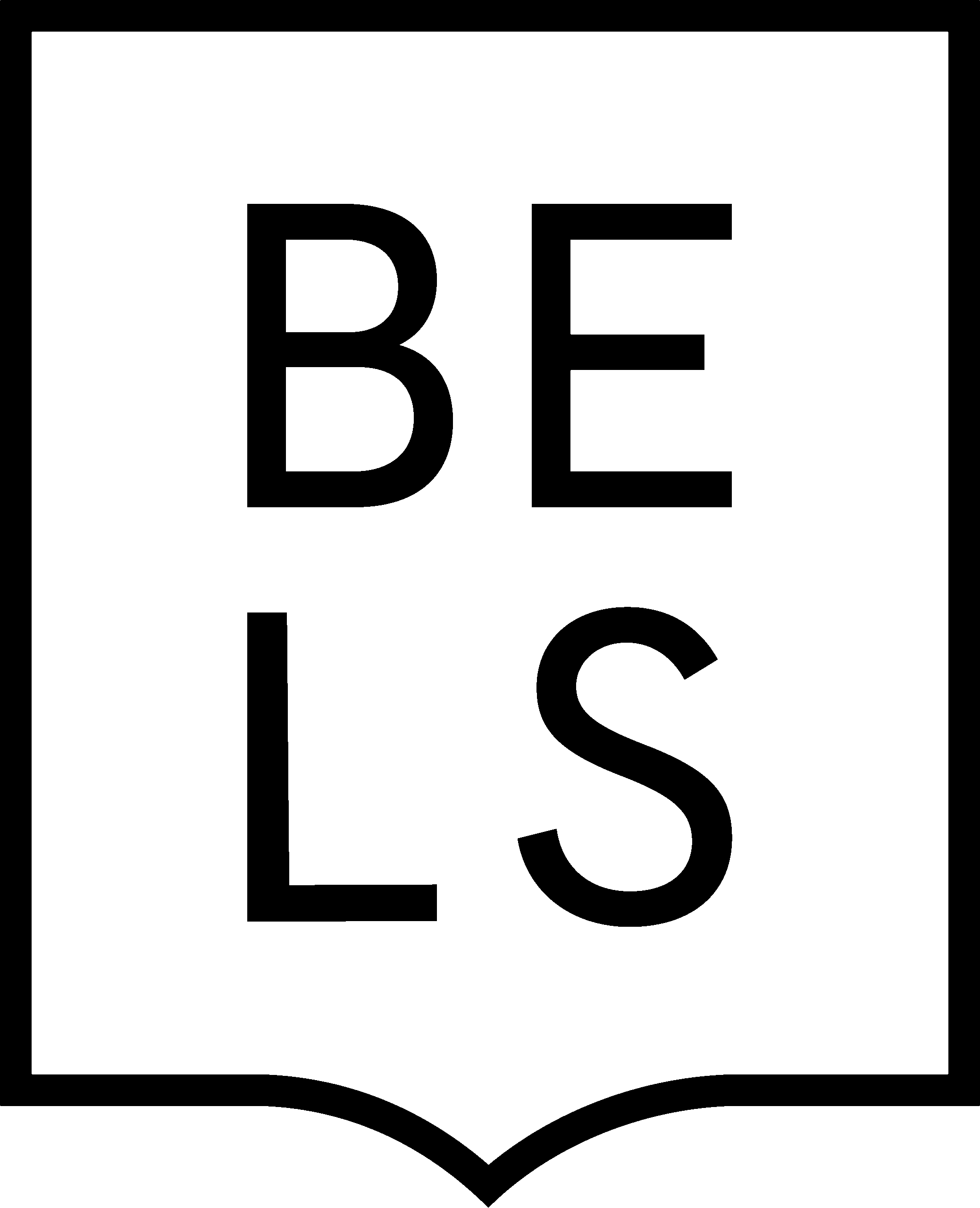Essay Excellence – How to Write an Essay in English
Writing an essay in English can be challenging for students to master, as writing styles vary across cultures. If you’re feeling lost or confused, don’t worry. Our writing guide is here to help you with the steps and tips you need for any essay.

Essays are written pieces that allow you to develop and defend a specific idea, argument, or viewpoint. They are tools for conveying your thoughts, informing others, and persuading them to see things from your perspective.
Essays take various forms, including argumentative pieces that present a strong case, persuasive works that win people over, and informative explanations that simplify complex topics.
Despite their differences, each essay serves a unique purpose in the writing world. Writing an essay in English can be challenging for students to master, as writing styles can vary across cultures.
So, if you’re feeling lost or confused, you’re in the right place. Our writing guide is here to help you with the steps and tips you need for any essay.
What are the Types of Essays in English?
Argumentative Essays
An argumentative essay is one of the most common essay types. They are used constantly across different courses and disciplines at the secondary and university levels. An argumentative essay aims to persuade the audience to side with your point of view regarding a particular topic. The two main focuses of your essay should be: what is your argument, and what is the reasoning that supports your stance? To develop a strong argument, state your position clearly, provide evidence to support your claims, and address counterarguments. This will help you convince your audience of the validity of your argument.
Narrative Essays
A narrative essay tells the reader a story or recounts an event. It is written from the author’s point of view and uses first-person “I” pronouns. Narrative essays use vivid language to paint a picture for the audience. The writer can be as creative as they’d like and utilize different writing techniques, such as metaphors and similes. The goal of a narrative essay is to captivate the reader and take them on a journey through the story. To structure a narrative essay, you can start with an engaging opening that sets the scene, then move on to the story’s main events, and finally, end with a reflective conclusion that ties everything together.
Compare and Contrast
Compare and contrast essays are common at the university level. These essays aim to analyze two or more ideas and show their differences and similarities. Effective compare-and-contrast essays highlight these differences and similarities using transitional phrases. When making comparisons, words such as ‘likewise’, ‘both’, ‘by the same token’, ‘in the same way’, or ‘similarly’ can be utilized, while words like ‘nevertheless’, ‘on the other hand’, ‘though’, and ‘however’ are used for contrasts. For instance, if you compare two novels, you could use the transitional phrase ‘in the same way’ to show a similarity in their themes or ‘on the other hand’ to highlight a difference in their narrative styles.
University Application Essay
When you apply to universities, you must write an application essay. This essay gives administrators an insight into your personality beyond your grades and transcript, so it’s essential to let your true self shine through. You can achieve this by using creative language and speaking from your own perspective using “I” pronouns. However, avoiding exaggerations and cliches is important, as they can make your writing sound immature. The topic of your university application essay will revolve around your experiences, but you have the freedom to zero in on a theme that resonates with you. Helpful prompts for your essay could involve learning from a challenge, exploring something that deeply interests you, or highlighting a significant moment in your life.
Cause and Effect Essays
Cause and effect essays demonstrate the connection between actions and their outcomes. In this type of essay, you’ll analyze how a specific event leads to particular effects and consider the impact of that event on the broader global community. You may be tasked with writing about an environmental incident or a social issue.
What is the Structure of an English Essay?
Before you begin writing, it is essential to determine the type of essay you are required to write. This will provide a strong foundation and help structure your work.
Plan
This is an important part of the writing process. In this step, you will narrow down the points you will discuss in your essay. You need to create your thesis statement, which outlines the argument you will be making in your piece. A thesis statement is a clear, concise, and arguable statement presenting your essay’s main point or argument. It is usually placed at the end of your introduction. Additionally, you may need to gather evidence to support your essay and decide on your point of view regarding a question or topic. Developing your argument, analysis, narration, or comparison will depend on the type of essay you are writing, but the planning process remains the same: determine your essay type, establish your stance, gather evidence, and plan the flow of your essay from paragraph to paragraph.
Introduction
A strong introduction typically serves three main purposes in an essay: it hooks the reader, provides background information, and outlines the main points. Most introductions begin with a hook, an attention-grabbing question, quote, or fact related to the topic. A hook is a compelling statement or question that grabs readers’ attention and makes them want to read more. It should be related to your topic and set the tone for your essay. Following the hook, the introduction should provide context and background information connected to the topic. It should also include a thesis statement that presents your stance or position on the topic and gives clear direction for the rest of the essay.
Main Body
Essays are usually made up of 3 body paragraphs. Consider these are the backbone of your essay. Imagine body paragraphs as a series of well-organised rooms. Each room focuses on a specific idea related to your main point. You furnish each room with evidence and examples to further support your point.
Conclusion
A conclusion should always match the introduction. Just as your introduction opened up the topic and welcomed readers, your conclusion will now close the topic and act as a gentle bridge, transitioning the readers back to their own experiences. It is important to remember that you should never introduce new ideas or opinions in your conclusion. Instead, you should restate your thesis statement from the introduction, reiterate your supporting ideas from the main body, and tie it all up for the readers.
Proofread
After writing your essay in English, it’s crucial to proofread it. We often need to correct our mistakes when we spend a lot of time writing. If you’re not writing under exam conditions, try to proofread with fresh eyes after a few hours or even a day. Taking the time to proofread shows attention to detail and presents your work in a more professional light. When proofreading, read your essay slowly and carefully, checking for spelling and grammar errors, ideas clarity, and paragraphs’ coherence. Reading your essay out loud can also help catch any awkward phrasing or unclear sentences.
Improve your Essay Writing Skills with a BELS Tutor
Master essay writing with a targeted course at BELS. Whether you are preparing for high-stakes exams or crafting compelling proposals, our program will equip you with the skills to excel. Contact our team at [email protected] today and unlock your full essay-writing potential.
Personalised Writing Courses
Master essay writing with one-to-one specialised course at BELS. Available online or at our schools.
Learn More


